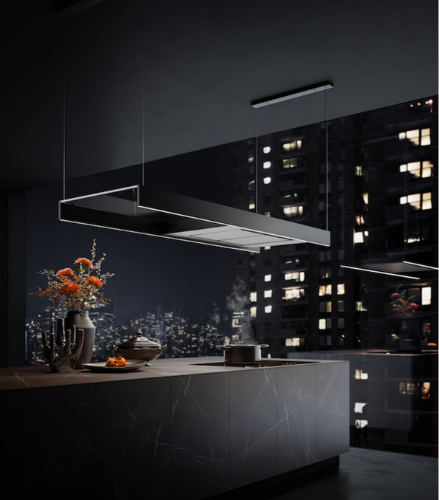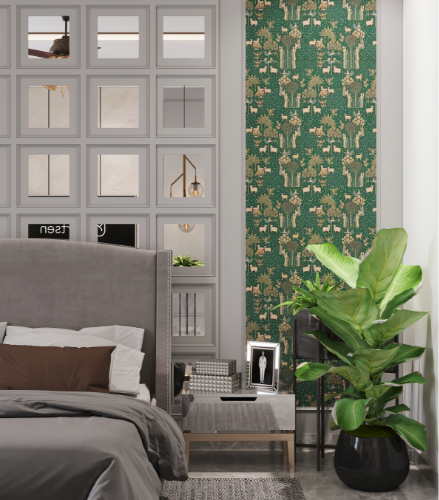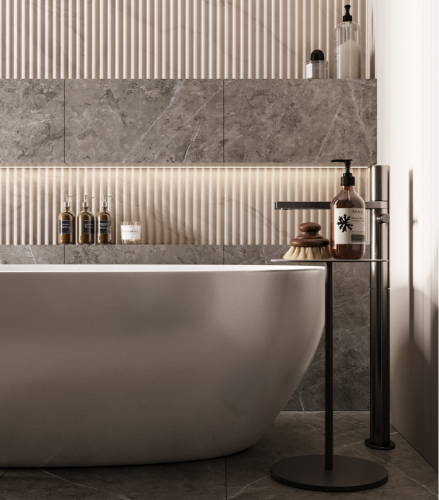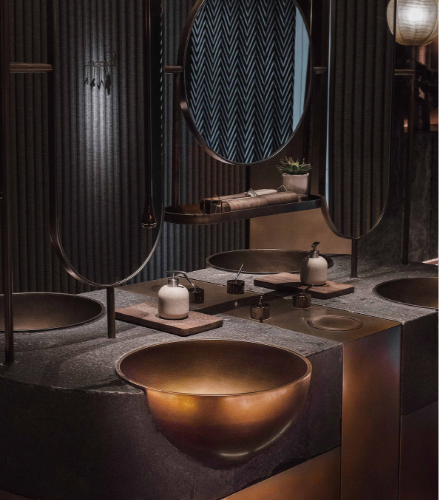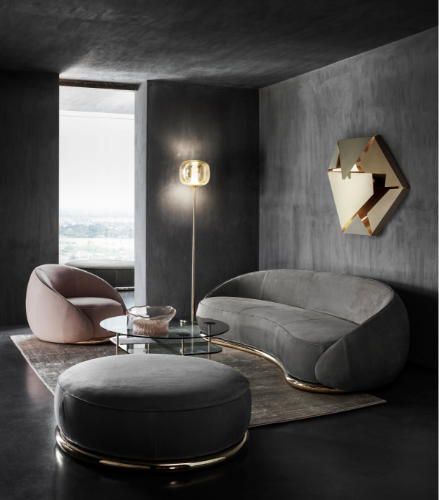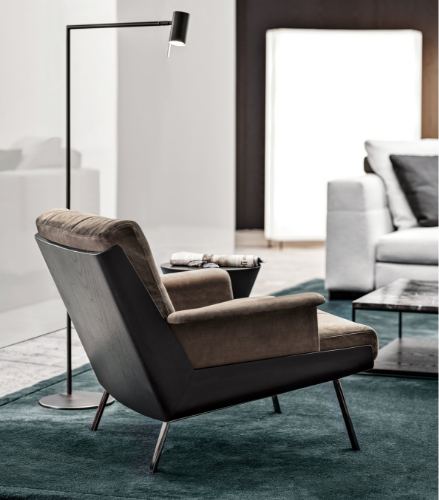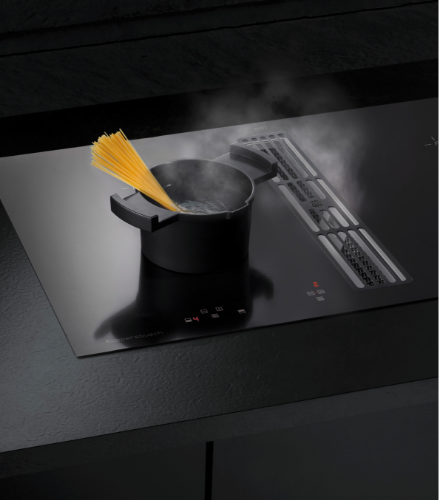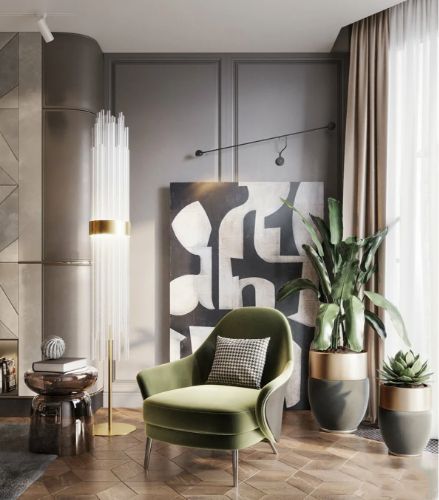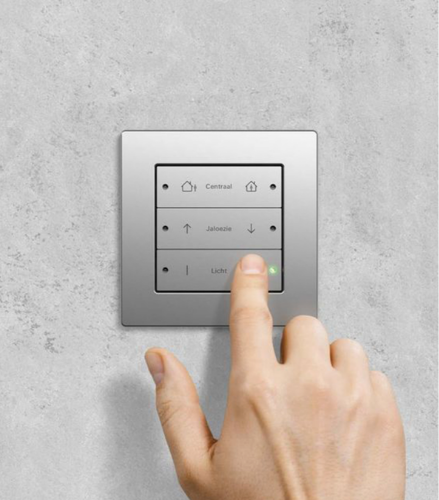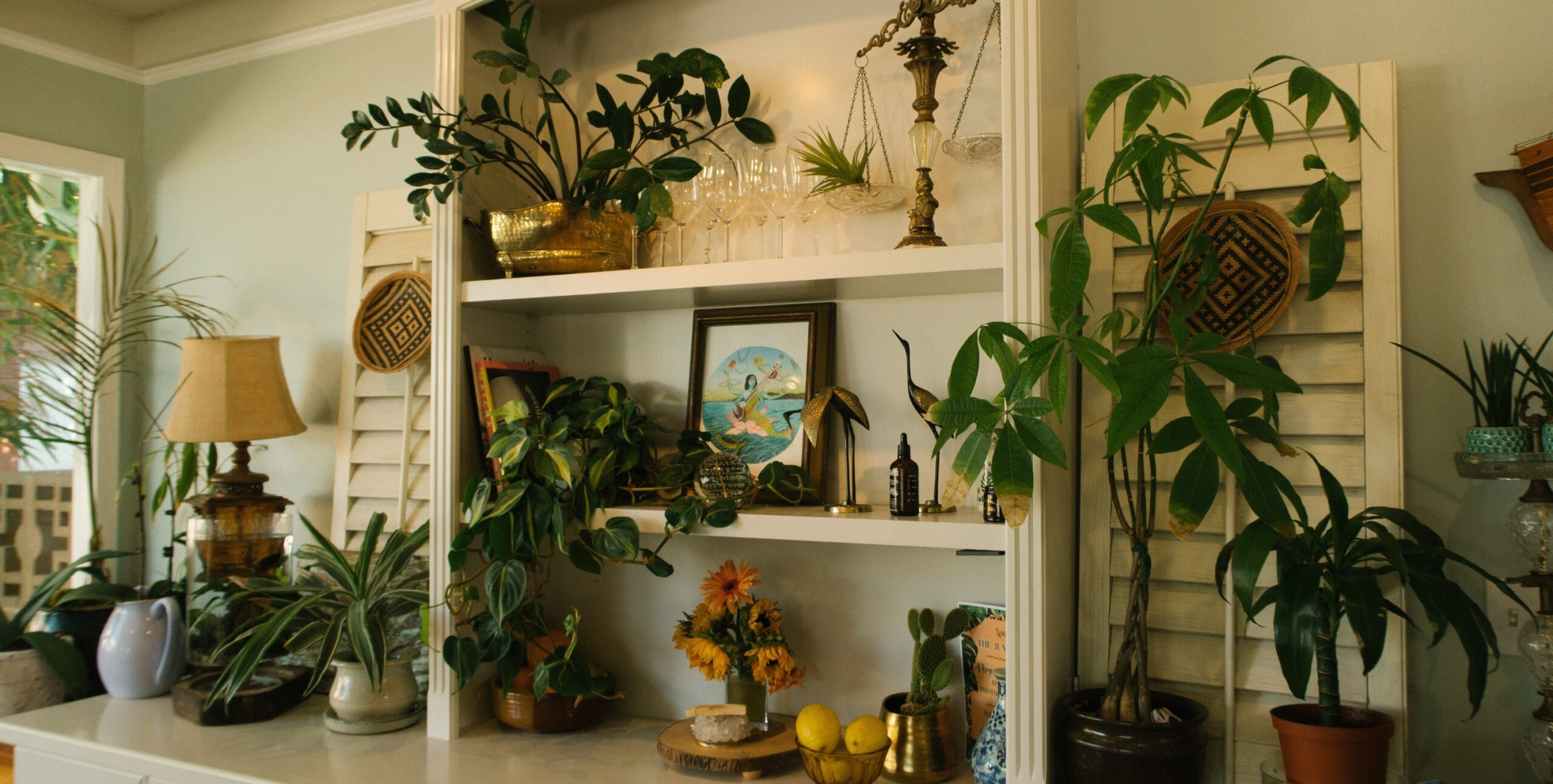Besides creating the very air we breathe, plants can also be described as the life source for our planet Earth. Going back a few thousand years, humans had a greater connection to nature, especially plants and trees. They depended on these plants for food, shelter and even for medicines that have saved countless lives over the millennia. Coming back to the current time, it only makes sense to incorporate plants in your homes today. Doing this can help accentuate the natural proximity of the space while establishing a fresh and airy atmosphere instantaneously.
When it comes to the type of plant you should bring into your home, it widely depends upon the decor, preferences and level of care you are willing to put in. Also, while nobody can stop you from decorating your home with a massive palm tree, something tells us that might not be possible. So, if you are trying to decorate your home with plants and know absolutely nothing about how to go about doing it. Lucky for you, this blog will help you do exactly that, from choosing the right plant to how to take care of them.
How to Choose The Right House Plant?
Choosing a plant for the home might seem like a facile task, but the length of its survival in a home can depend upon the variety of factors people often fail to consider. So, to help you avoid making the same mistake, here are the factors you should look into before getting a plant:
1. Lighting
Light, as you would know is food for plants and different plants have varying needs for the amount of light they need to survive. While some plants don’t need a lot of sunlight to survive, others need bucket loads of it, so you might want to look into their need for sunlight before bringing them into your home.
Also Read: Bring Nature into your home with Biophilic Design
2. Space
It goes without saying if something doesn’t fit – don’t force it into the space. Similarly, you have to consider if you have the space to integrate plants into your home. In case you don’t have the space, there are some ways around it! First, you can hang the plants on the ceiling or use small plants that can fit on a desk or shelve. Because at the end of the day, a plant is a plant, the size doesn’t matter, for the most part.
3. Care or Maintenance
Unlike sunlight, we believe every plant needs a certain level of occasional love and care. Plants are living, breathing beings, they need as much care as any other living thing would need. So, you would need to, at the very least occasionally water the plant. If you need some options for low-maintenance plants, we have got your back.
Best Indoor Plants for Your Health, Wealth & Prosperity
There are over 3,00,000 plant species on Earth, this might make you think there is an abundance to choose from and in a way, that is true. However, a huge chunk of these plants can’t really survive in an indoor setting, so choosing the right plants is absolutely necessary. Here’s a list of great options that will help you improve your health, wealth and prosperity:
1. Ferns
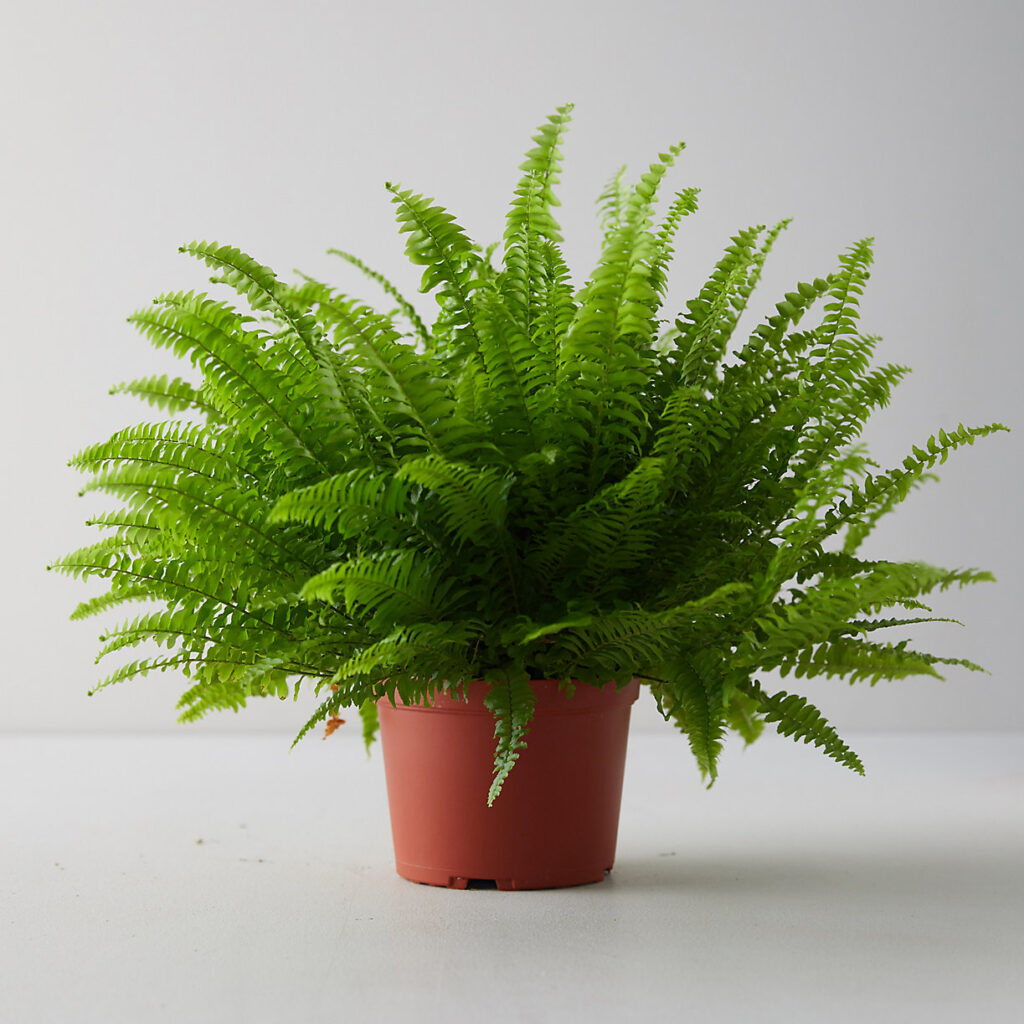
The Fern is a member of vascular plants that reproduces through spores instead of seeds. Traditionally, ferns have been used for food, medicine, bio fertiliser, ornamental plants and for remediating contaminated soil. Significant research conducted by scientists has emphasised its ability to remove chemical pollution from the atmosphere, which makes it a perfect addition to your home. There are over 230 species of ferns in the world and they live in a wide variety of habitats including remote mountains and dry deserts to water bodies or large open fields, they are excellent at adapting to their surroundings and require low maintenance.
Also Read: Different Ways of Accommodating Natural Elements in Contemporary Interiors
2. Pothos
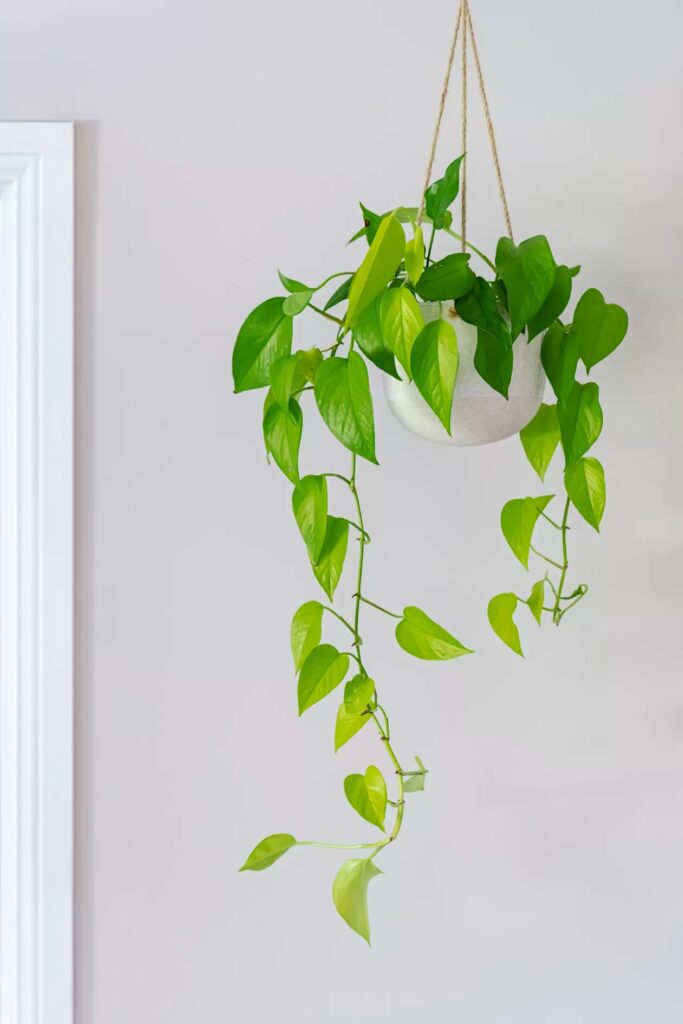
The picture-perfect Pothos, pun intended, is native to the Solomon Islands in the South Pacific Ocean. The plant is highly recognisable because of its pointed heart-shaped leaves often with white, yellow or pale green striations. It has long been used indoors by people and requires minimal maintenance and can survive in most conditions, however, they are known to be poisonous for pets. These plants can gain over 12 to 18 inches of length each month without exposure to direct sunlight. In some places, this plant is also called Devil’s Vine, or Devil’s Ivy and has many more names across the globe, as is its popularity amongst people. They are also known to purify the air, removing common toxins such as formaldehyde, xylene and benzene.
3. Snake Plant
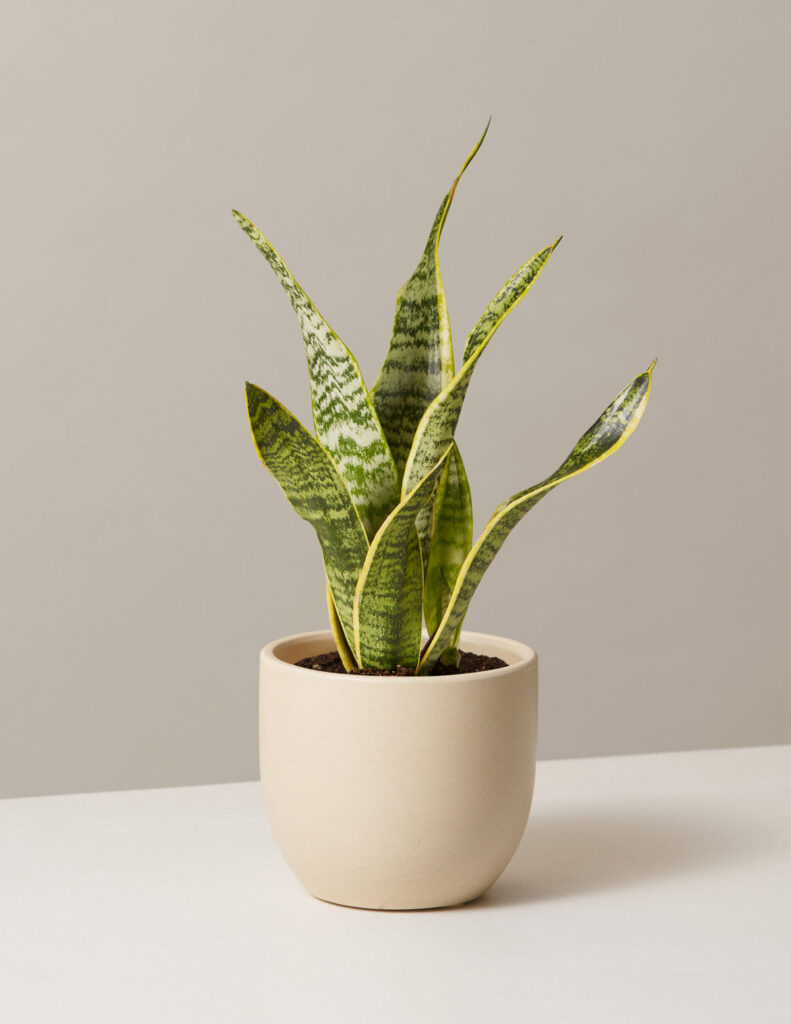
Native to West Africa, the snake plant has one of the craziest names given by people – Saint George’s sword, mother-in-law’s tongue and viper’s bowstring hemp among others, people are outright roasting the plant species at this point. As the various names might suggest, this plant has long pointy leaves that grow vertically. The mature leaves of the plant can grow as tall as 70-90 centimetres and 5-6 centimetres wide and the leaves are mostly dark green with light green cross-bands. The plant is especially good at converting carbon dioxide into oxygen, hence a great option for bedrooms.
4. Peace Lily

Peace Lily or Spathiphyllum also known as Spath are evergreen herbaceous perennial plants popular for their large leaves that can range from 12 cm to all the way 65 cm. The plant produces one of the prettiest flowers with a spadix (yellow part) in the middle and a spathe (white leaf-like flower) surrounding it. Peace lilies are most commonly found in homes and do not require a lot of sunlight to survive, they can also survive outdoors where the climate is hot and humid. Akin to other houseplants, peace lilies are great for air purification and can break down and neutralise toxic gases like carbon monoxide and formaldehyde among others.
Also Read: 10 DIY Home Decor Ideas: Decorate your home the way you like!
5. Succulents
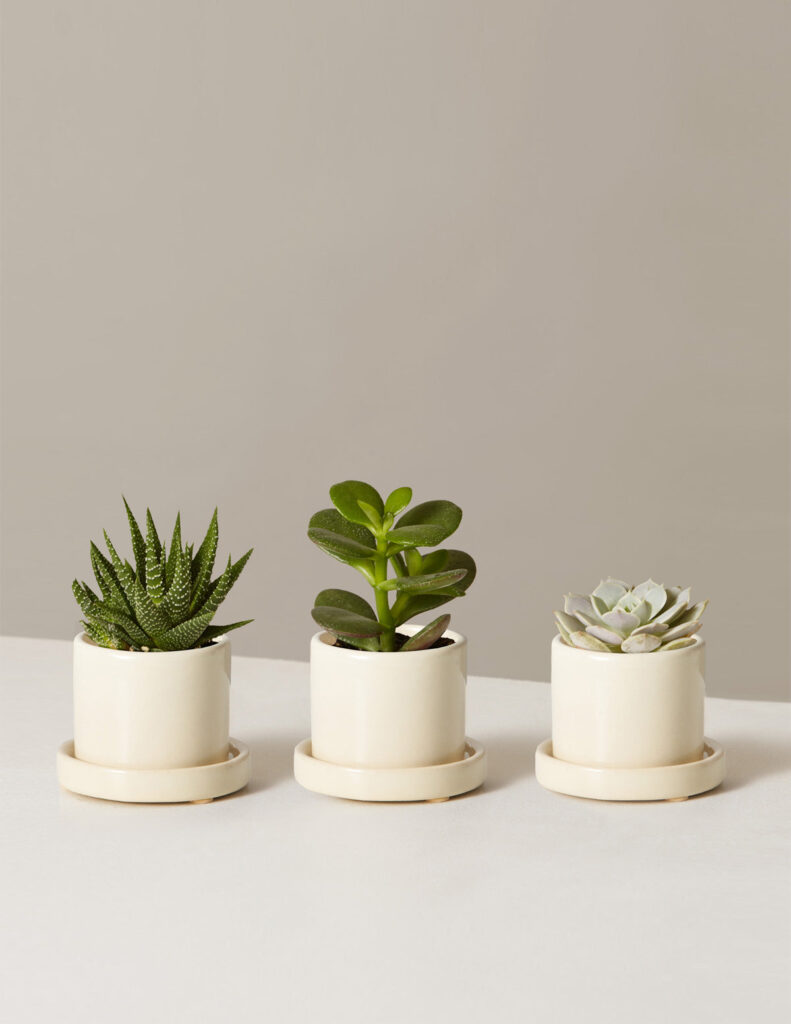
A name derived from the Latin word sucus (meaning “juice” or “sap), the succulent plants have thick leaves filled with sap. This characteristic of the plant enables it to survive without water for long durations. These plants can often be found in dry climates like deserts, but can also be found in alpine ecosystems. The plants require little to no maintenance, besides occasional watering. Succulents have been a popular choice for many to decorate their homes because of their availability in a variety of shapes, sizes and colours.
How to Display Indoor Plants?
Considering you have settled on the plants, now let’s look into how and where these plants can be displayed.
1. Hang Them From the Ceiling
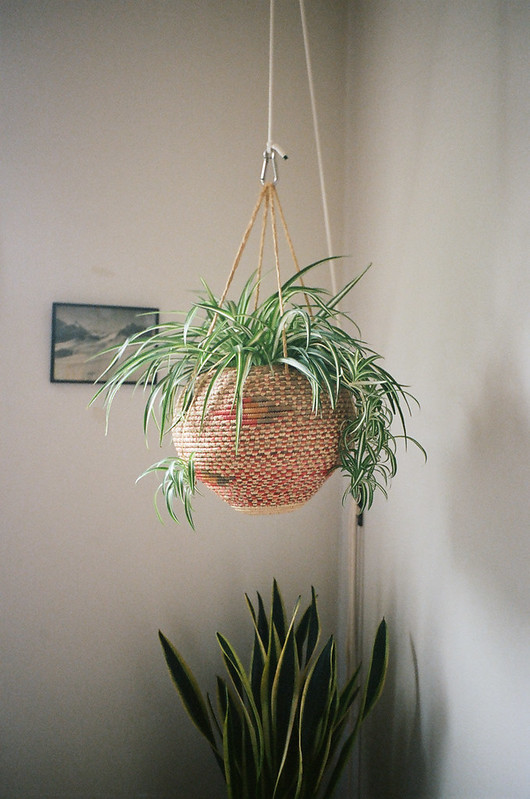
An often overlooked idea for displaying plants is to hang them from the ceiling. This doesn’t just help you save space but also has a certain aesthetical appeal. Using burlap ropes to hang the plants can further enhance the aesthetical appeal via natural touch. Just make sure these plants aren’t hung over high-traffic areas of the home and you are good to go.
2. Plants on The Shelves
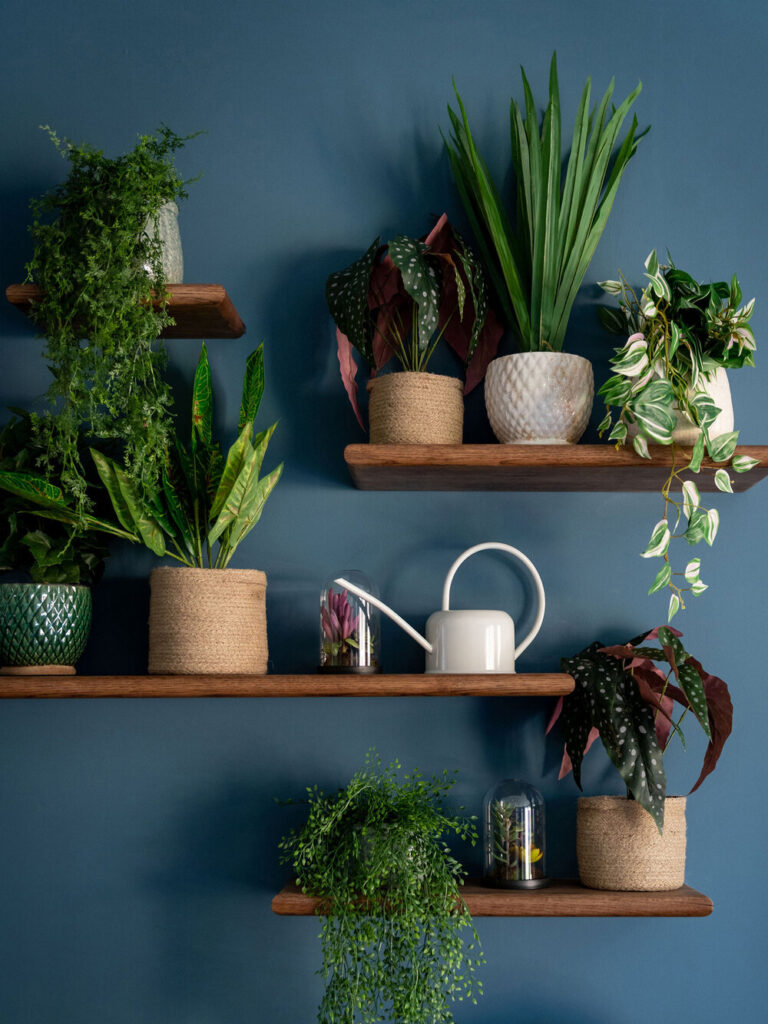
Plants are a great alternative to empty walls, bringing life and joy to boring walls effortlessly. The only drawback that might accompany displaying plants this way is, you might not be able to display bigger plants on the shelves. However, plants on shelves add so much depth to the room, the drawback can be easily overlooked.
3. Cover the Living Room Corners
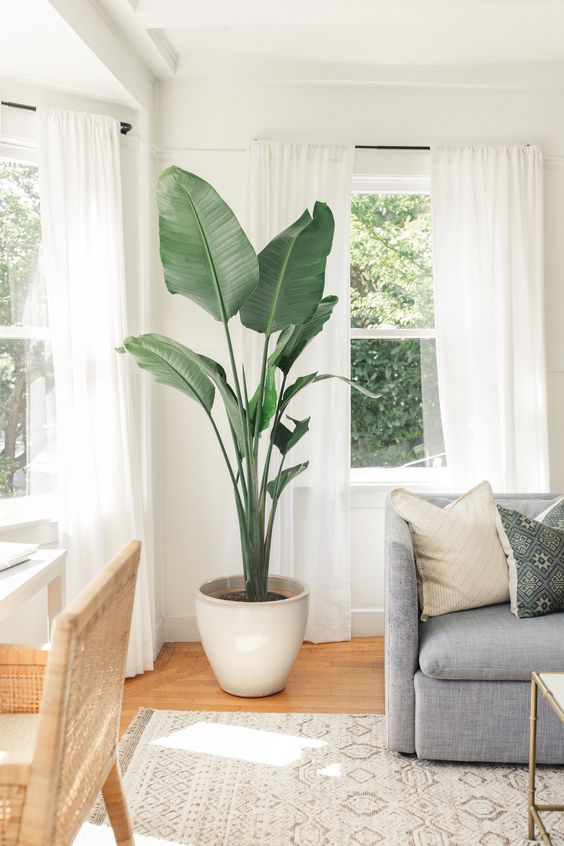
Corners of the home can be a pain to decorate and plants provide an easy fix while making the space feel lived in. However, some corners of the room might not get a lot of light, so decorate the area with plants that don’t need much light to survive.
Also Read: Make your Walls POP with Unique Wall Paint Combinations
To sum up – plants are a great way to decorate your home without breaking the bank while improving your life ten folds. Hopefully, this blog helps you do the same for your home and once again consider all the factors listed above before getting a plant.

